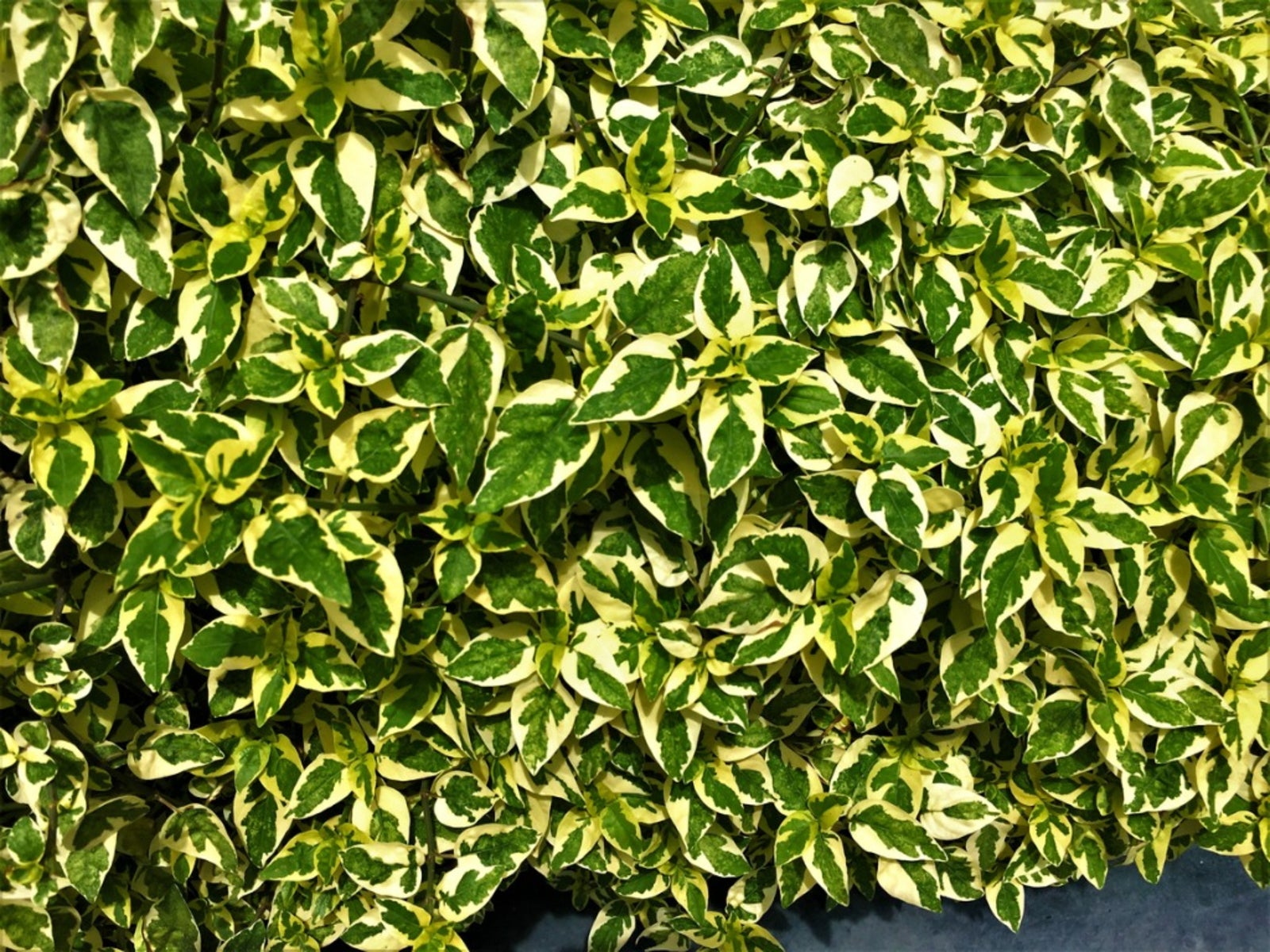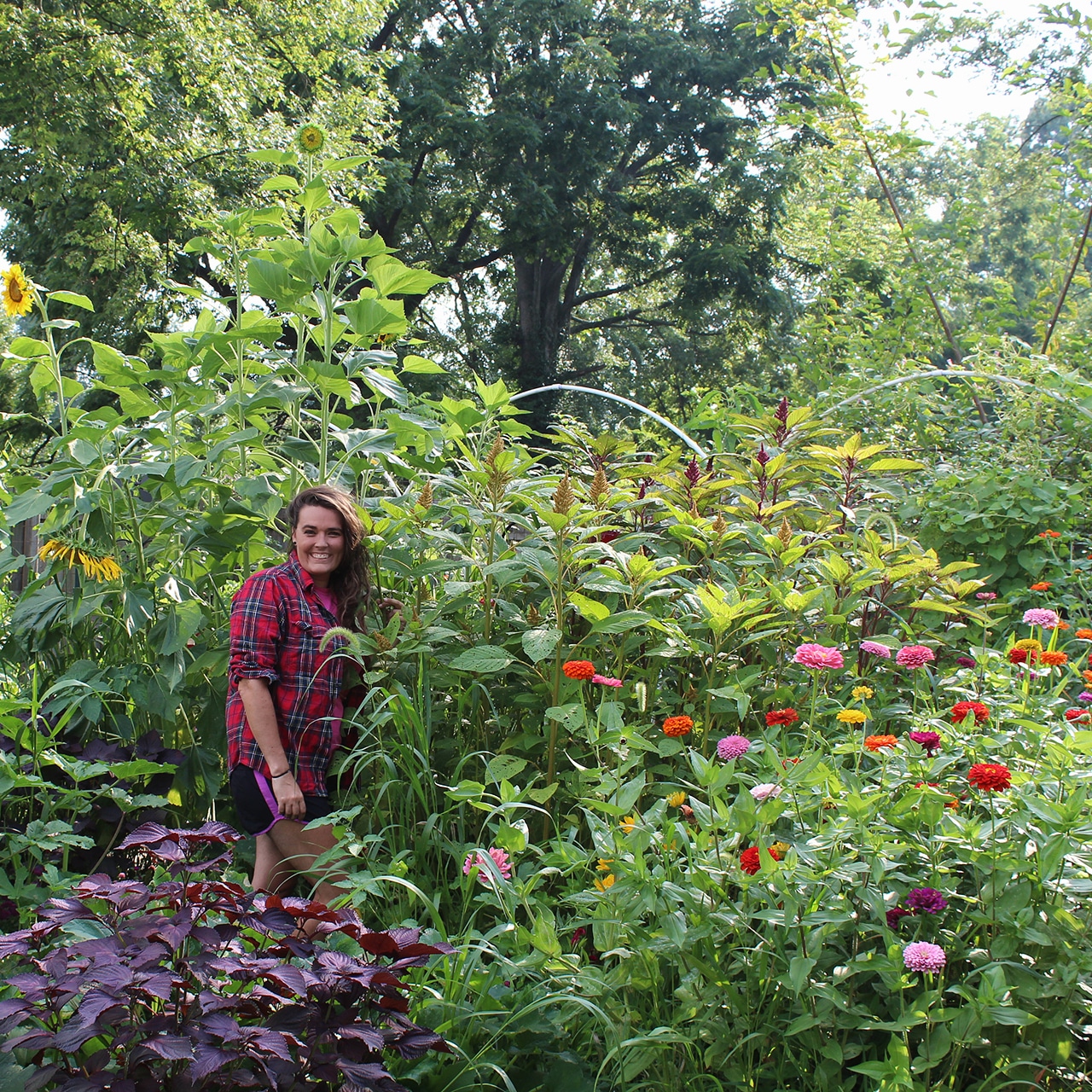Miss Lemon Abelia Info: Tips For Growing Miss Lemon Abelia Plant


With their colorful foliage and quaint flowers, abelia plants are an easy-to-grow option for flower beds and landscapes. In recent years the introduction of new varieties, like the Miss Lemon abelia hybrid, has even further broadened the appeal of this old-fashioned favorite. Read on to learn about growing Miss Lemon abelia.
Variegated Abelia “Miss Lemon’
Reaching upwards of 4 feet (1 m.) in height, abelia shrubs make a stunning addition to sidewalk borders and plantings near foundations. Abelia plants thrive in full sun to part shade locations in USDA zones 6 through 9. While the plants may keep their foliage in warmer regions, plants grown in cooler zones may completely lose their leaves during cold winter temperatures. Luckily, growth quickly resumes each spring and rewards gardeners with beautiful foliage. One variety, Miss Lemon abelia, produces gorgeous variegated yellow and green leaves, making it an excellent choice for adding visual interest and curb appeal.
Growing Miss Lemon Abelia
Due to the perennial nature of this variegated abelia, it is best to purchase plants from a local garden center rather than attempt to start transplants from seed. Not only will purchasing plants reduce the amount of time needed for the plants to become established, but it will also ensure that the abelia will grow true to type. Although abelia will tolerate some shade, it is ideal that growers choose a location that receives at least six to eight hours of direct sunlight each day. To plant Miss Lemon abelia, dig a hole at least twice the size of the pot in which the bush is growing. Remove the bush from the pot, place into the hole, and cover the root zone with soil. Water thoroughly and then add mulch to the planting to suppress weeds. Throughout the growing season, water the abelia plant as the soil becomes dry. Since the plants bloom each year on new growth, prune abelia as needed to keep the plants the desired size and shape.
Sign up for the Gardening Know How newsletter today and receive a free copy of our e-book "How to Grow Delicious Tomatoes".

Tonya Barnett has been gardening for 13 years. Flowers are her passion. She has transformed her backyard into a cut flower garden, which she regularly chronicles on her YouTube channel http://www.youtube.com/@tonyawiththeflowers.